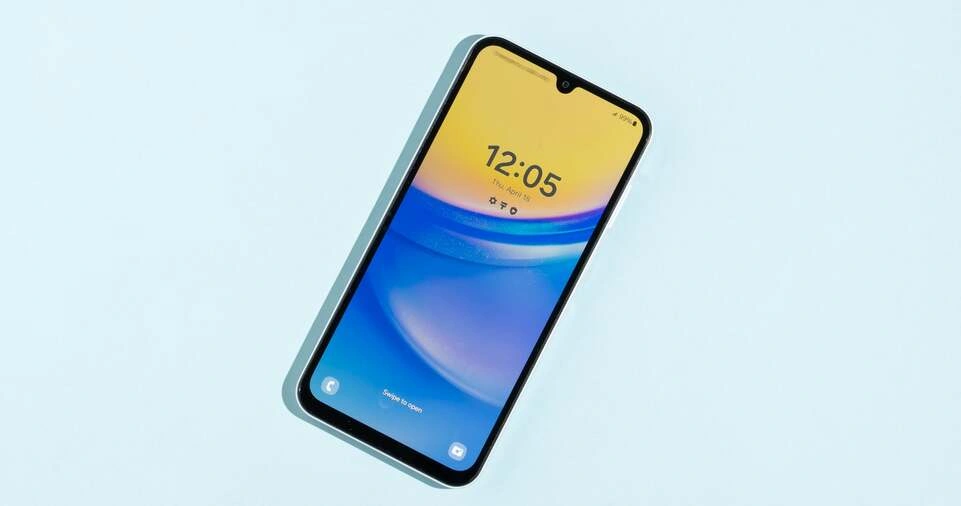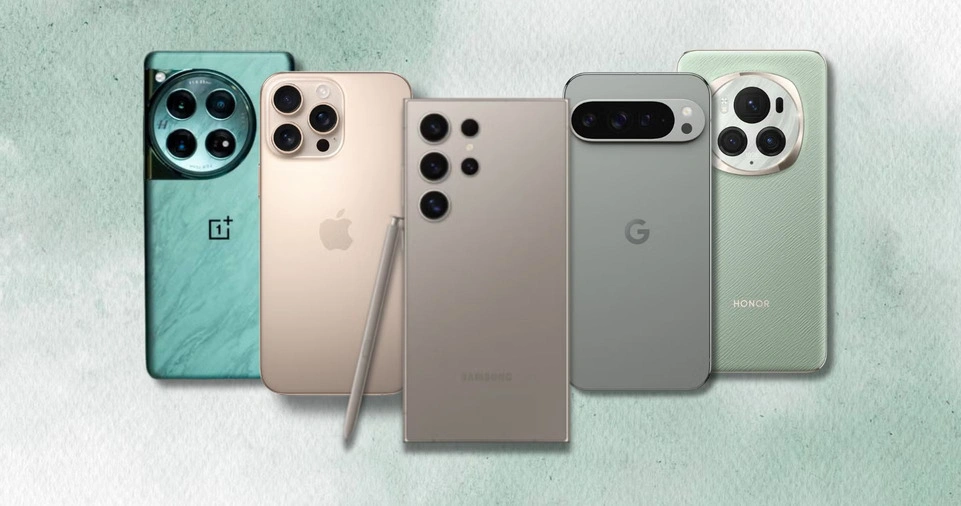Choosing the best smartphone can be overwhelming due to the sheer number of options available in the market.
Whether you need a phone for gaming, photography, business, or everyday use, making the right choice requires thorough research and understanding of key features.
With so many brands competing to provide the best technology, selecting the perfect smartphone depends on factors like budget, operating system, processor performance, display quality, camera capabilities, battery life, storage, and additional features like 5G connectivity and water resistance.
Understanding your needs and prioritizing key specifications will ensure you make an informed decision.
Some users prefer flagship models with cutting-edge features, while others seek budget-friendly options with reliable performance.
Additionally, software updates and long-term brand support play a crucial role in user satisfaction.
This guide will provide you with a detailed breakdown of essential aspects to consider, helping you select a smartphone that best aligns with your requirements.
By the end, you will be able to make a well-informed purchase decision based on your personal preferences and usage habits.
Determine Your Budget
Why Budget Matters?
Your budget is the most crucial factor when choosing a smartphone.
Phones are available in various price ranges, and understanding your financial limit will help narrow down options without compromising on essential features.
High-end smartphones provide premium features, but mid-range and budget models also offer excellent performance for everyday tasks.
Price Categories
Budget Smartphones (< $300):
These phones cater to users who need a functional device for basic tasks such as calling, texting, and light app usage.
They often have limited storage, lower-end cameras, and average processing power but are great for people who don’t require high performance.
Mid-Range Smartphones ($300 – $700):
Mid-range devices strike a balance between affordability and features. They offer better camera systems, improved processors, and higher refresh rate displays.
Many users opt for this category as they deliver excellent performance without the flagship price tag.
Flagship Smartphones ($700+):
These are premium devices with cutting-edge technology, high-end cameras, powerful processors, and premium build quality.
They are best suited for users who demand the best smartphone experience, including gaming, photography, and professional tasks.
Choosing the right price segment ensures that you get the best value for your money without overspending on features you may not need.
Choose the Right Operating System (OS)
Android vs iOS: A Detailed Comparison
When choosing a smartphone, the operating system (OS) plays a significant role in determining user experience, app availability, and long-term software support.
The two dominant OS platforms are Android and iOS, each with its advantages and drawbacks.
Android: Customization & Variety
Android, developed by Google, powers a vast range of devices from various manufacturers, including Samsung, OnePlus, Google Pixel, and Xiaomi.
Some key advantages include:
- Wide Range of Devices: Available in various price ranges from budget to flagship.
- Customization: Allows users to personalize UI, widgets, and themes.
- Expandable Storage & USB-C Charging: Many Android devices support microSD cards and universal charging.
- More Hardware Choices: Different brands offer unique features such as styluses, foldable screens, and advanced cameras.
However, Android devices may have inconsistent software updates, depending on the manufacturer.
iOS: Smooth Experience & Security
Apple’s iOS, exclusive to iPhones, provides a seamless, user-friendly experience with key benefits:
- Optimized Performance: iOS is designed specifically for iPhones, ensuring smooth functionality.
- Better Software Support: Apple provides software updates for 5+ years, ensuring security and new features.
- Strong Privacy & Security: Advanced security features like Face ID and privacy settings.
- Superior App Quality: Many developers prioritize iOS for app development, offering better-optimized applications.
While iPhones provide a premium experience, they come at a higher price and lack certain customization options found in Android devices.
Deciding between Android and iOS depends on whether you prioritize customization and variety or long-term software support and security.
Consider Performance & Processor

Understanding Smartphone Processors
The processor (or chipset) determines how smoothly a smartphone functions.
A powerful processor ensures efficient multitasking, gaming performance, and power efficiency.
Types of Processors
Flagship Processors: Snapdragon 8 Gen series, Apple A-series, and MediaTek Dimensity high-end chips deliver top-tier gaming, photography, and AI capabilities.
Mid-Range Processors: Snapdragon 7 series, MediaTek Dimensity 800 series offer good performance for most users.
Budget Processors: Snapdragon 6 series, MediaTek Helio chips are suitable for basic tasks.
For high-performance tasks like gaming or video editing, opt for flagship processors, while casual users can choose mid-range or budget options.
ALSO READ: How to Choose the Right Investment Strategy for Your Goals
Check Display Quality
Key Display Factors
A smartphone’s display affects your visual experience, gaming, and video watching.
Factors to consider include:
- Screen Size: Larger screens (6.5″+) provide better entertainment and gaming experiences.
- Resolution: Full HD+ (1080p) offers sharper visuals, while Quad HD+ (1440p) is ideal for high-end devices.
- Refresh Rate: 90Hz or 120Hz ensures smoother scrolling and gaming.
AMOLED displays (found in premium phones) offer better colors and contrast than LCD screens.
Evaluate Camera System
Key Camera Features to Consider
If photography is important, look for:
- Megapixels: Not the only factor—sensor quality and software matter more.
- Multiple Lenses: Wide-angle, telephoto, and macro lenses offer versatility.
- Software Enhancements: Night mode, AI optimization, and optical image stabilization improve results.
High-end phones like the iPhone Pro series and Samsung Galaxy Ultra models offer industry-leading cameras.
Battery Life & Charging
Choosing a Phone with Long Battery Life
Battery capacity is crucial for daily usage.
Features to consider:
- 5000mAh or higher for full-day usage.
- Fast Charging: 30W or more for quick power-ups.
- Wireless Charging: Convenient for premium devices.
Storage & RAM
How Much Storage & RAM Do You Need?
- RAM: 6GB+ for smooth performance, 12GB+ for high-end use.
- Storage: 128GB minimum; 256GB+ for media-heavy users.
- Expandable Storage: Check for microSD card support.
5G & Connectivity Features
Future-Proofing Your Smartphone
- 5G Support: Ensures fast internet speeds.
- Wi-Fi 6 & Bluetooth 5.2: For stable connectivity.
- Dual SIM/eSIM: For flexible carrier options.
ALSO READ: How to Improve Your Credit Score Fast
Conclusion
Selecting the best smartphone requires evaluating your budget, preferred operating system, performance needs, display quality, camera capabilities, battery life, and connectivity features.
Whether you need a budget-friendly device for daily tasks or a high-end flagship for power users, understanding these factors ensures you get the best value.
Compare different models, read reviews, and make an informed choice based on your personal needs and priorities.







